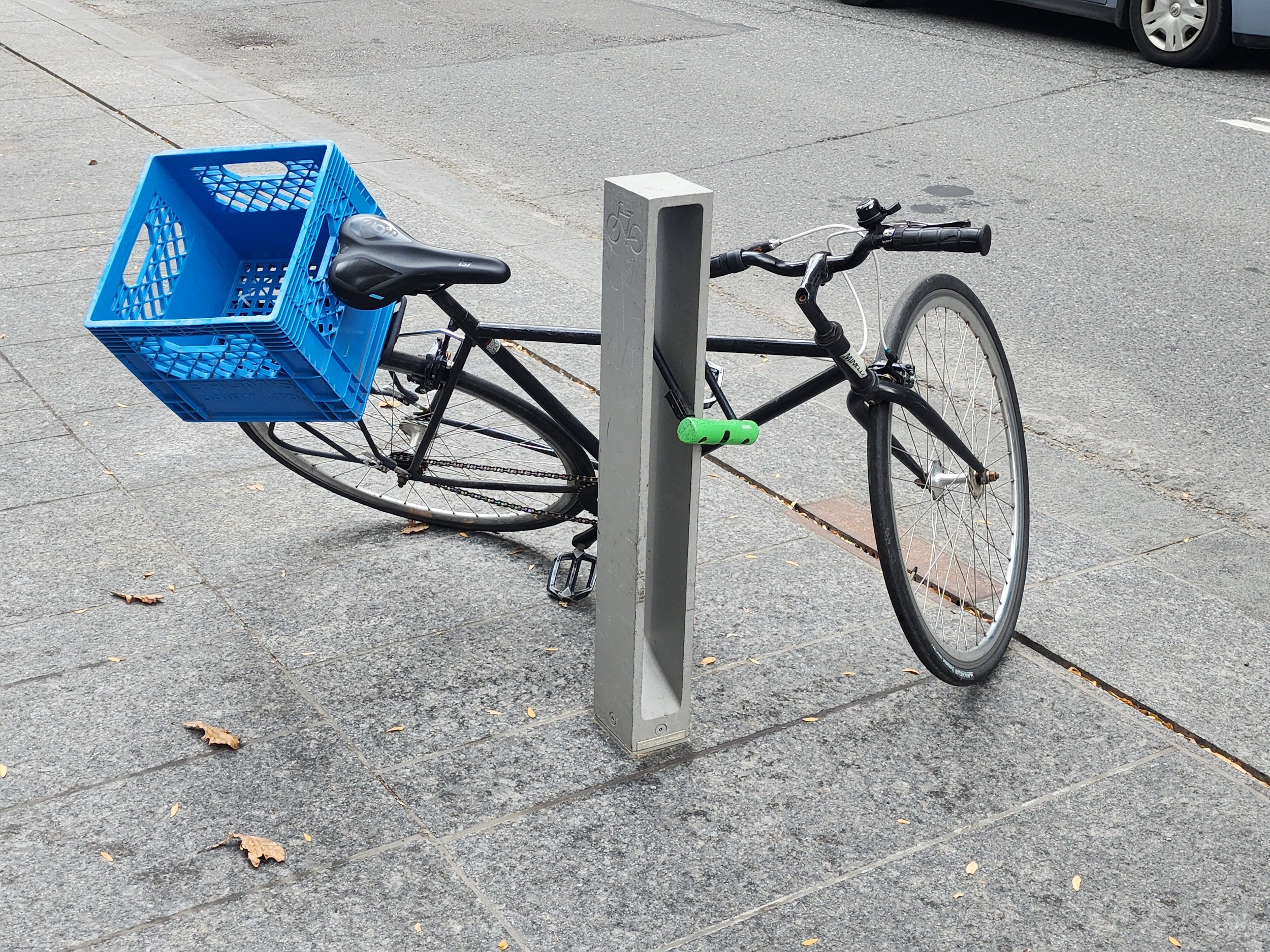Milk Crates of Canada
Last month I was in Toronto for the first time in six years. For whatever reasons of circumstance, my trips to Canada have always fallen in late October, right around Halloween. Memories of my first visit include the CN Tower being lit in orange and green to resemble a pumpkin, and the red poppy pins of Remembrance Day. My second visit came just before the 2016 U.S. presidential election. I found myself in a residential living room sharing beers with international students from the University of Toronto and having to dutifully downplay the imminent calamity posed by Donald Trump’s candidacy. So once again I was in the Canadian metropolis just ahead of the Halloween holiday, a synchronicity that has taken on greater personal resonance with Toronto becoming one of the most haunted places in my life history.
My previous travels to our neighbor in the north involved driving up from Pittsburgh, so rather than an international excursion those trips felt like visits to upstate New York. And in general my experiences in the commonwealth correlated with the stereotype of Canada as essentially America+: a familiar look and feel but with an elevated element of amity and a sense of superiority supported by performative cultural sensitivity. Like Chicago but with the rough edges replaced by enlightened sensibilities and a much more apparent Global City status.
In my absence I had forgotten about the myriad cultural differences that distinguish Toronto from cities in the states: the bus ads and billboards advertising Canadian media products that you’ve never heard of; the absence of “toilets” or even “WCs” in favor of “washrooms”; the fact that an order for a “regular” at Tim Horton’s won’t result in a black coffee but rather a cup of joe with cream and sugar. But on this most recent trip I was cognizant of a new difference. Over the past few months my brain has been totally rewired to read the urban environment with an eye toward milk crates. I have been obsessively scanning Pittsburgh streetscapes to locate the presence of crates, particularly the distinctive orange crates of the ubiquitous local Turner Dairy Farms. This selective attention was still active in Toronto, where I unconsciously zeroed-in on a milk crate in an alley that was colored a distinctive green rather than the orange to which I have become acclimated.
During the rest of my wanderings I was predisposed to zero in on examples of Toronto’s milk crate ecosystem. Many (but not all) did indeed conform to the characteristics of idiosyncratic Canadian colorization, such as this teal crate on the back of a bike:
Or this handsome blue cycling accessory:
As time went on the sightings seemed to increase exponentially. When I found my way to a Balkans-themed restaurant on my last night in the city, the in-house musicians had their PA speakers resting on towers of overturned milk crates:
And on my walk along Queen St West afterward I passed stacks of milk crates behind bars and restaurants:
I plan to share my extensive visual-survey of Pittsburgh milk crates starting in the new year, but in the meantime I’ll continue chronicling and documenting these essential pieces of urban ephemera wherever I encounter them.







